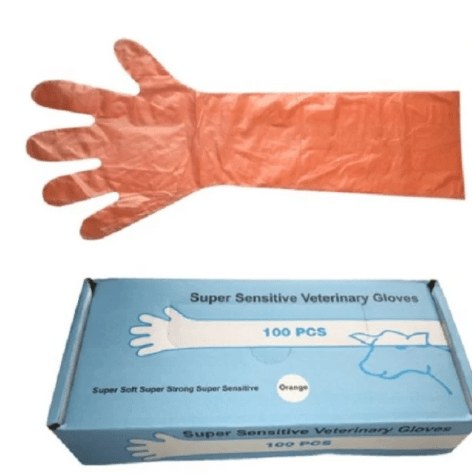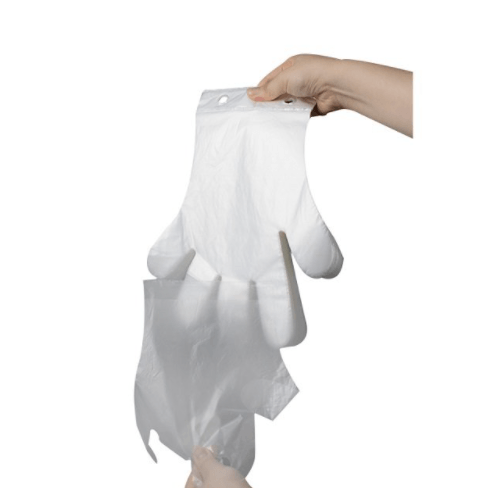The safety of workers is important. We only have one pair of hands that we rely on. Having the best hand protection is essential.
Throughout our lives, our hands can find themselves in a variety of strange and dangerous situations. This means that a glove that is suitable for one task may not be suitable for another.
The information on each company’s chemical-resistant sheets and spec sheets differs, making it difficult to physically compare two different gloves.
When comparing all of the different types of gloves, it can be difficult to tell the difference and determine which is best fit for your needs.
Furthermore, most hand protection firms don’t describe all the complicated aspects that go into the construction of a glove. They speak in industry lingo and expect you to understand what they are saying.
This article will clear the air surrounding gloves and hand protection. It will provide you a checklist to keep in mind when looking for the right gloves for your needs.
Any circumstances and glove is unique, so if you have even the slightest question that the glove you’re wearing isn’t right for you, please contact a disposable glove supplier, who are specially trained to identify the ideal fit for every occasion.

In general, everyone in the safety business associated thickness with quality and strength. However, this is not the situation when it comes to gloves, particularly disposable gloves.
Thickness is a good signal, but it’s not the main driver. A glove’s thickness isn’t a good predictor of its strength, quality, or puncture and chemical resistance.
It’s easy to manufacture a thick disposable gloves, but if it’s created cheaply or by someone who doesn’t understand the subtleties of glove manufacturing, the thick glove will still snap or snag when tugged or pierced.
Because every work, job, or task is different, the only way to tell if a glove is of greater quality is to speak with a glove expert; they will most likely figure out which glove is appropriate for you and then arrange for you to compare the gloves physically.
However, you may need to compare gloves using technical specifications and/or certificates on occasion.
Thickness can be measures in a number of different ways. Mils are used in the United States (a mil is a thickness unit equal to one thousandth of an inch). We utilize micro meters in the rest of the world (microns).
When measuring the thickness of a glove, it’s vital to keep in mind that the findings can vary dramatically depending on where area of the glove is tested.
A thickness measurement obtained from the fingertips, for example, will always be far thicker than one taken from the glove’s palm.
In every glove industry, the best practice is to measure from the palm of the glove. However, not everyone does, which is one of the reasons why comparing gloves solely on the basis of spec sheet fails.
Strength can be defined in a variety of ways depending on the situation. A standardized test for assessing and comparing glove strength does not exist.
It’s difficult to apply a single blanket rule to measure a glove’s strength because gloves are required in so many distinct jobs for a number of varied protective demands.
Abrasion resistance, tear resistance, puncture resistance, and cut resistance tests are the best indicators of a glove’s strength.
§ Abrasion resistance refers to how effectively a glove can endure abrasion. The greater the number, the more resistant the glove is against a rough surface.
§ When a glove comes into touch with snags or pull hazards, its tear resistance determines how likely it is to tear. The glove will be more robust if the number is higher.
§ Puncture resistance refers to how effectively a glove can endure being punctured. The greater the number, the more tenacious the person.
§ The cut resistance of a glove refers to how effectively it can survive sharp cuts. The higher the number, the more resistant the glove will be against sharp edges, materials, and other hazards.
Mechanical dangers are a fantastic way to compare a glove’s strength.

If you have any concerns about your current hand safety, ensure to contact a trustworthy disposable glove supplier, who will help you find the right solution.
Kindly click here to check and make your orders today.